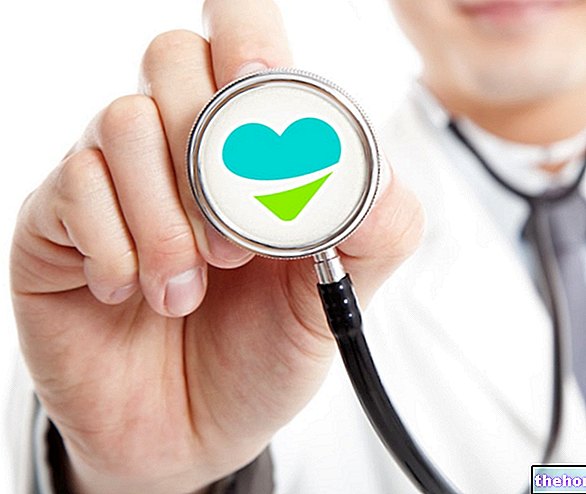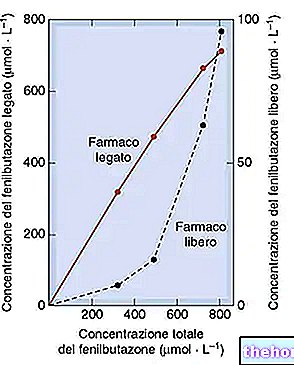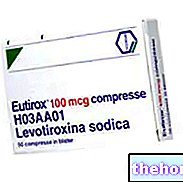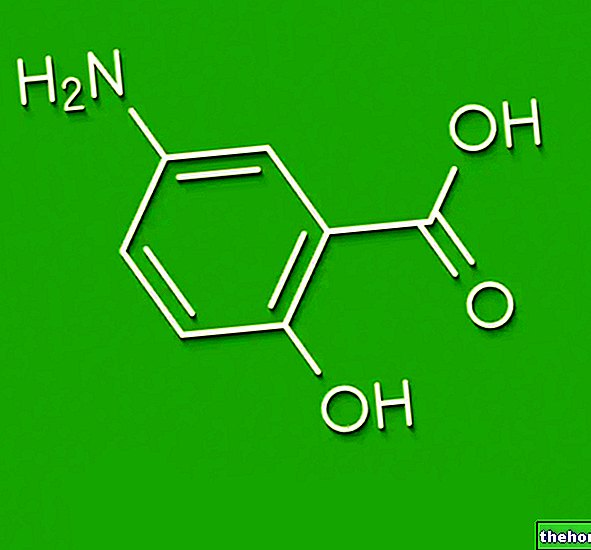Definition
In the medical field, a “verruca” is defined as a skin protuberance, often painful and unsightly, of variable size; warts are mainly concentrated on the hands and feet (plantar warts), but can also involve the anal and genital area (condyloma acuminata).
Common (vulgar) warts → typical of the hands. They come with an irregular shape
Flat warts → small raised papules, usually brown or yellowish. They are arranged on the face, back of the hands and legs
Plantar warts → The callous variant tends to grow on the sole of the foot
Causes
Warts are the result of an "infection caused by the HPV virus (Human Papilloma Virus): typical areas of proliferation are showers and humid and crowded environments. In fact, the high temperature and humidity contribute to the replication of these pathogens. Contagion can also occur simply through contact with another person's wart.
Symptoms
Often times warts do not cause any symptoms; only rarely, and when they appear in particularly sensitive anatomical sites, warts can create pain and bleeding. Warts are benign microtumors, which only hardly degenerate into their malignant form.
The information on Warts - Warts Treatment Drugs is not intended to replace the direct relationship between health professional and patient. Always consult your doctor and / or specialist before taking Warts - Warts Treatment Drugs.
Medicines and treatments
As analyzed in the course of the discussion, warts are generally asymptomatic and hardly create complications; consequently, the administration of drugs is recommended only in exceptions, as well as in the case of particularly resistant and long-lasting warts, and in relapses.
If until a few years ago warts were treated with methods of electrocoagulation or minimally invasive surgery, these practices now seem to be out of use: in fact, it has been observed that due to these techniques the possibility of permanent scar lesions and the reappearance of relapses are rather high, which could nullify the result obtained.
Only in exceptional cases, warts are eliminated with laser therapy.
When necessary, it is possible to treat the wart with liquid nitrogen (cryotherapy) or by applying specific drugs directly on the lesion, such as lactic acid, salicylic acid, podophyllin resins (for the treatment of anal and genital warts). In therapy they can also be used. immunomodulatory, retinoid and antiviral drugs.
The following are the classes of drugs most used in the therapy against warts, and some examples of pharmacological specialties; it is up to the doctor to choose the most suitable active ingredient and dosage for the patient, based on the severity of the disease, the state of health of the patient and his response to treatment:
- Salicylic acid (eg Trans Versal): is the first-line keratolytic drug used for the healing of warts on the hands and feet. It is recommended to apply the product directly on the skin affected by the wart, 1-2 times a day. The drug is available in the form of liquid, cream, lotion or foam. Once a week, it is recommended to rub the wart with a file, in order to remove the excess skin. Salicylic acid is also available in association with lactic acid (eg Kerafilmver Collod.) And copper acetate (eg Verel Collodio SOLUZ.).
- Silver nitrate (eg Argent N FN COLL): the drug is the silver salt of nitric acid, used in therapy for the treatment of warts of the hands and feet. Available in the special applicator, it is recommended to place the instrument on the injured skin for a couple of minutes, every 24 hours. Do not repeat more than 6 applications. It is recommended to remove the superficial skin (dead cells) before proceeding with the application. next one. Bandage the area with sterile gauze after applying the drug.
- Glutaraldehyde: another keratolytic substance with a disinfectant action, indicated for the treatment of warts on the hands and feet. Available as a 10% solution, the dosage involves applying the product directly on the wart, twice a day.
- Podophyllin resin: the drug is often associated with salicylic acid for topical application, especially for anal and external genital warts. The drug is a substance capable of blocking cellular mitosis: when used to treat bacterial infections, it is able to eradicate the infection. Consult your doctor.
- Liquid nitrogen: this substance is the protagonist of the technique called cryotherapy (or cold therapy). It is essential that liquid nitrogen is handled by expert personnel, given its dangerousness. Cryotherapy is used to treat warts when the drugs described above do not bring benefits to the patient who is affected by them. Cryotherapy can cause pain, swelling and hypersensitivity. Its effectiveness for the treatment of warts is comparable to that exerted by salicylic acid (topical application).
- Retinoic acid or tretinoin (eg Retin-A, Vesanoid): these drugs are derivatives of vitamin A: the topical application of these active ingredients (first-line substances for the treatment of acne) is indicated to destroy the cells that form the wart. The drug works by promoting the desquamation of keratinocytes and stimulating cell turnover. The drug can sometimes be prescribed for oral administration. Do not expose yourself to the sun during retinoid treatment. Do not use during pregnancy and lactation: the drug is a teratogen.
- Bleomycin (eg Bleomycin CRN, Bleomycin TEV): the drug belongs to the class of antivirals; since warts originate from an infection sustained by the HPV virus, the administration of this drug is indicated for the removal of the pathogen which, consequently, involves the healing of the wart. For the posology, consult your doctor.
Imiquimod (eg Aldara): the drug is an immunomodulatory substance, indicated both for the treatment of genito-anal warts and for common warts. The drug is available in cream (250 mg sachets containing 12.5 mg of active: imiquimod 5%): apply the product on the skin three times a week, for a maximum of 16 weeks. Discontinuation of the drug does not guarantee immunity from warts.




























